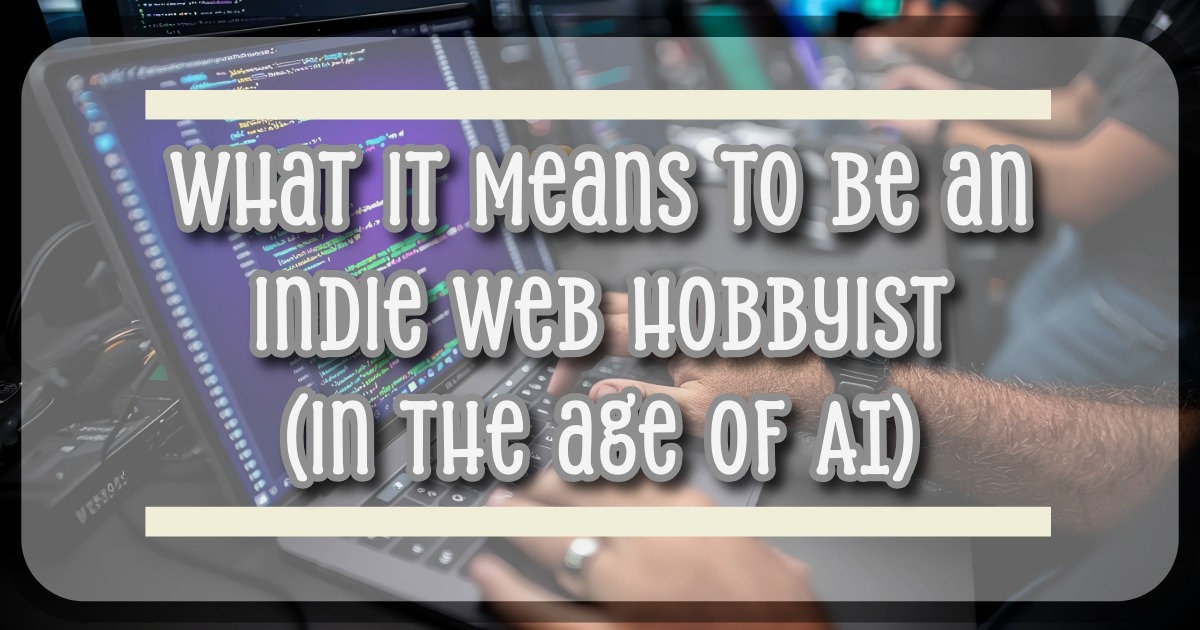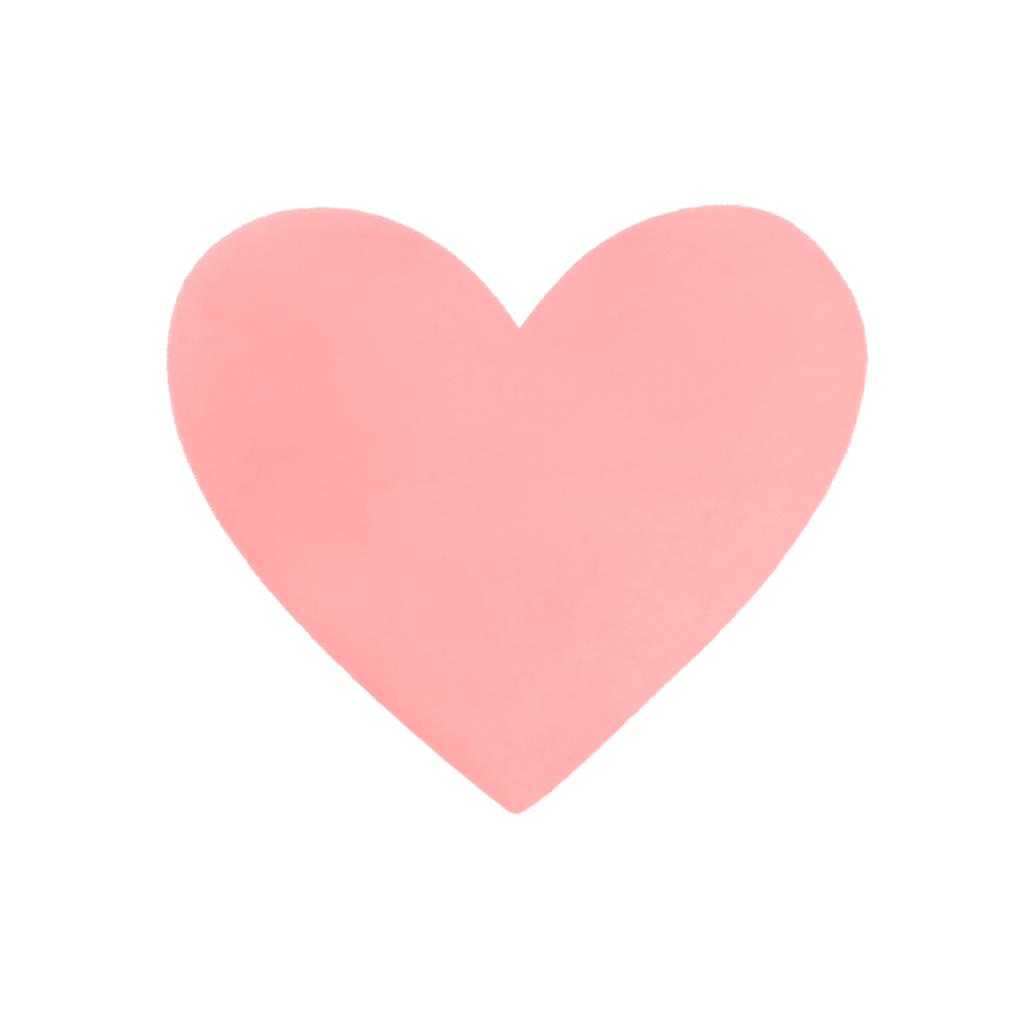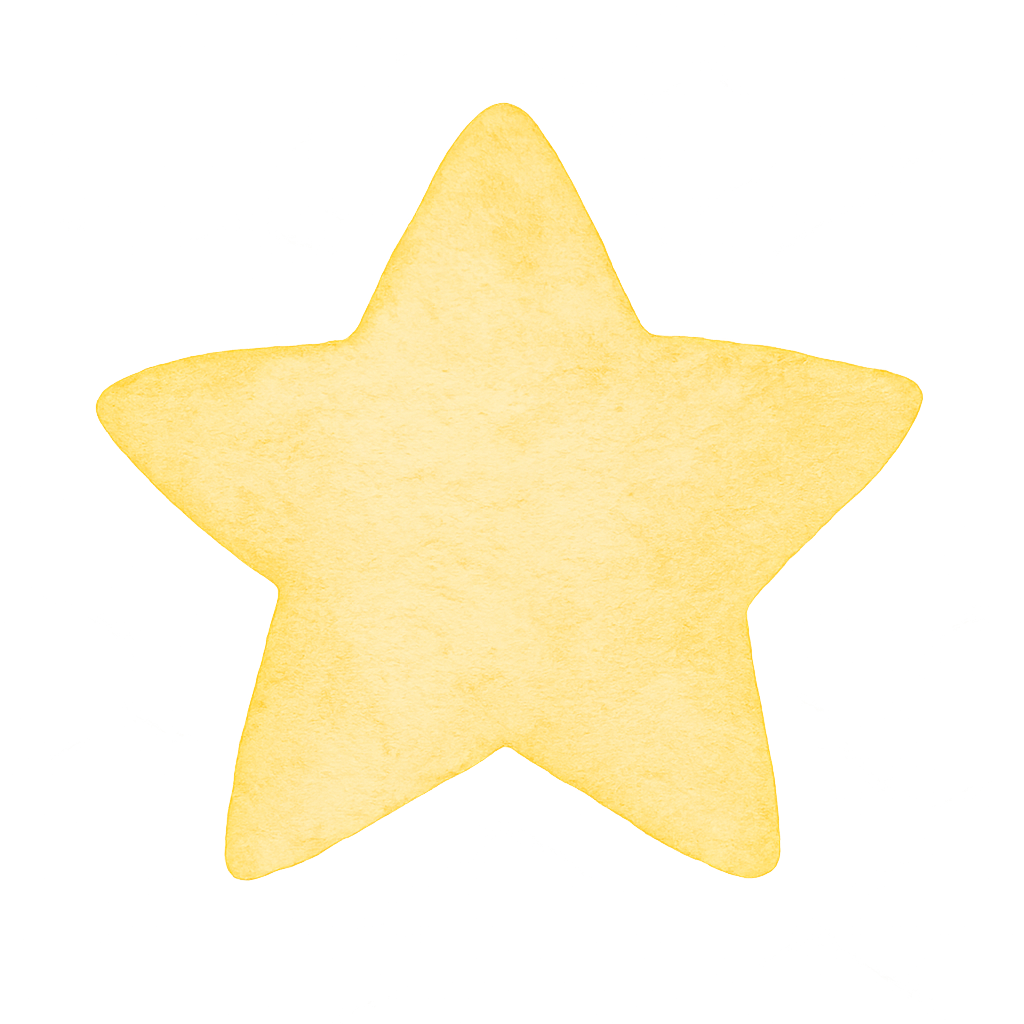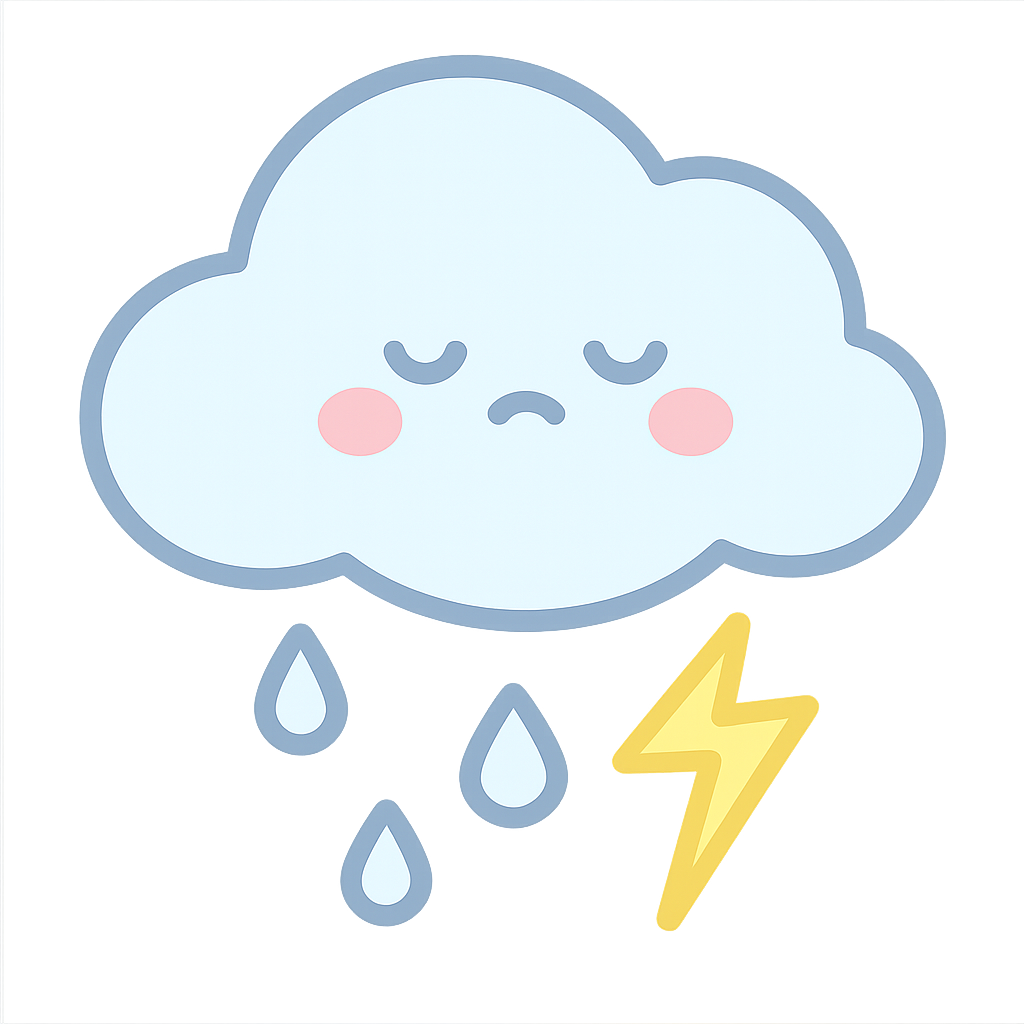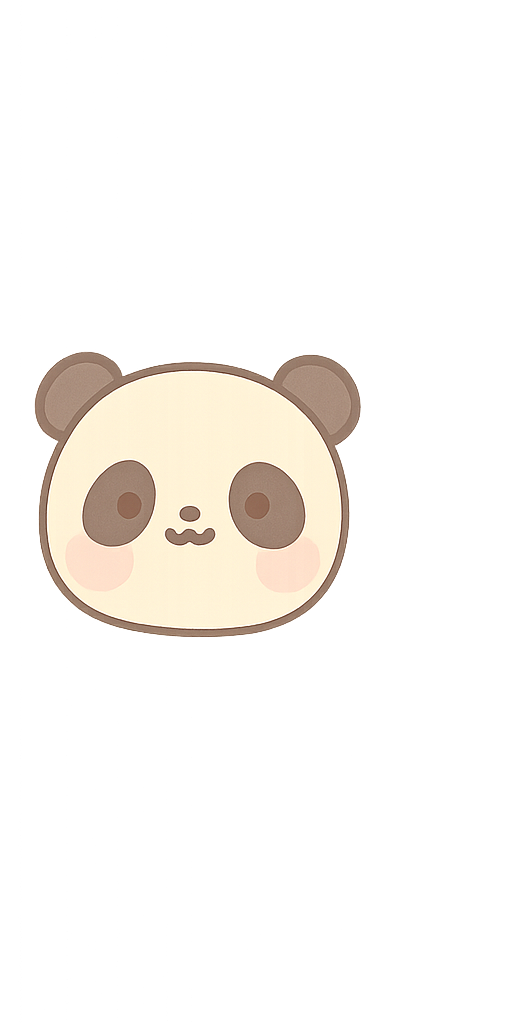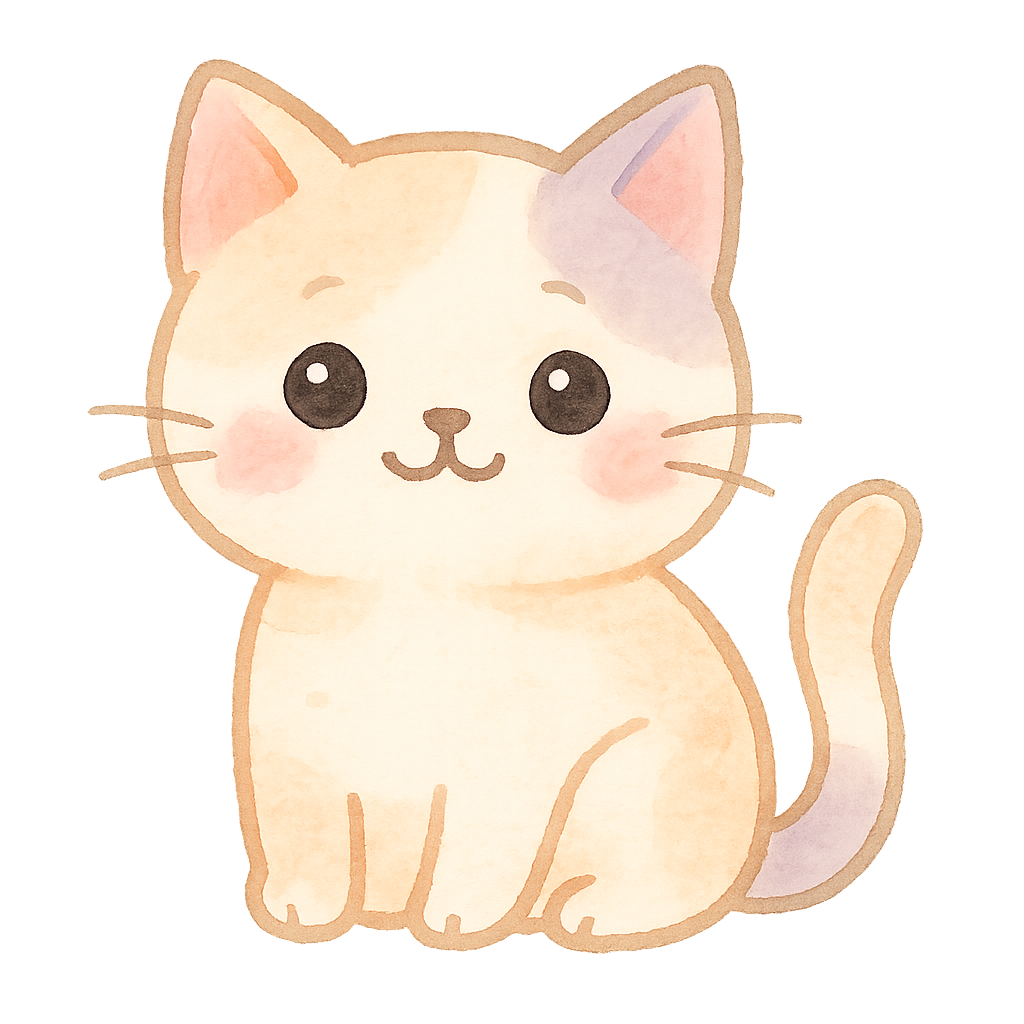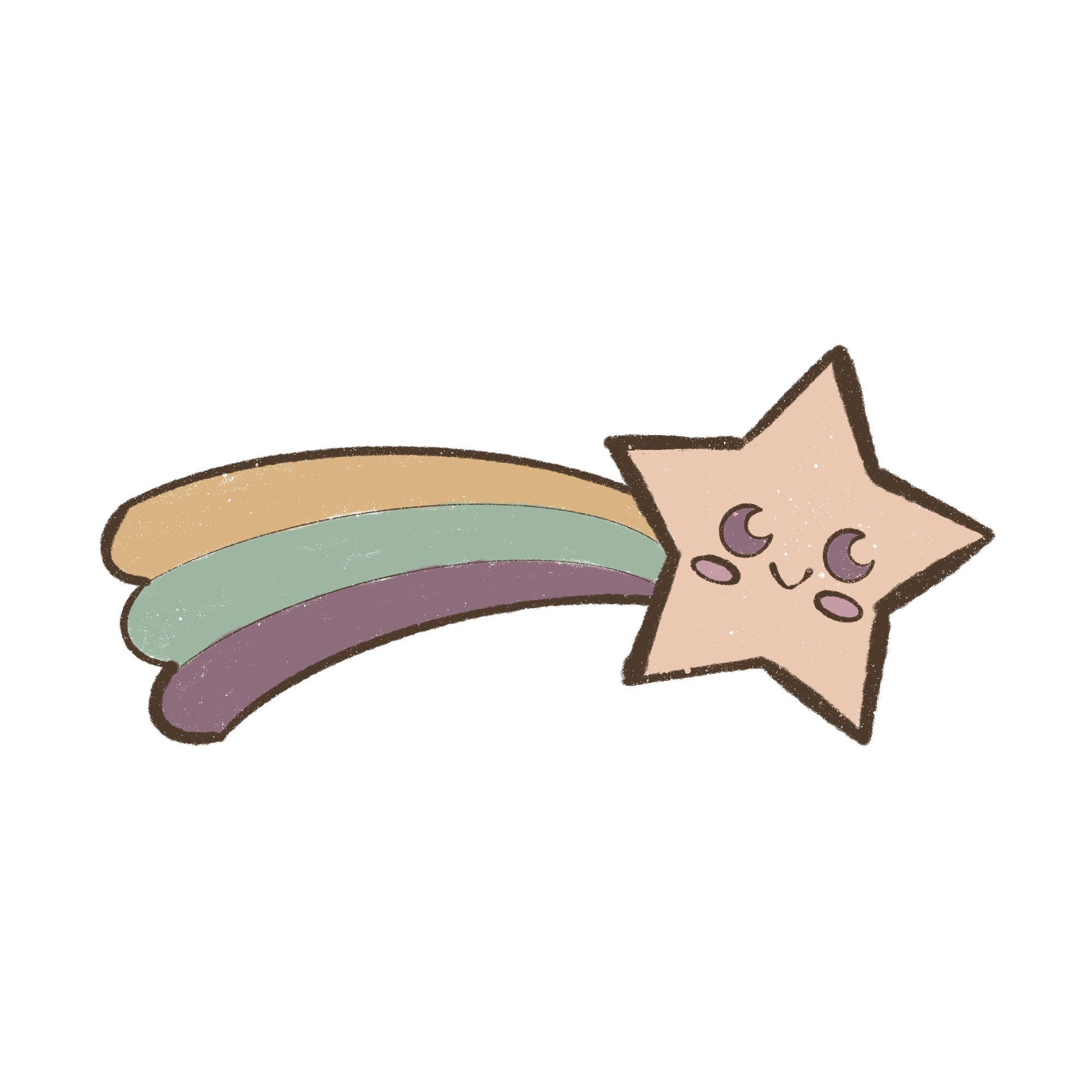I first got into web design and development back in my college days — 1998. Just imagine the web in the late ’90s: Geocities neighborhoods, default fonts like Times New Roman or Comic Sans, CSS still brand-new to the general public, and pages littered with blinkies, flashy colors, and autoplay MIDIs. It was chaotic, but it was ours.
As the years went by, so did the technology. If we wanted our sites to look good — or at least less painful on the eyes — we had to adapt. Learn new tricks. Experiment with whatever tools we could find.
Then came the age of mobile devices. Suddenly, hobbyist web designers and developers had to wrestle with something many of us dreaded: Responsive Web Design. At the same time, social media exploded, pulling more and more of the web into walled gardens. Building websites “for fun” stopped being fun. A lot of us surrendered to Facebook, Twitter, and Instagram.
But in the late 2010s, something started to shift. People began yearning for the good old days of the web. Personal sites. Shrines. Blogs. The messy, handcrafted stuff. Call it the fediverse, call it the indie web — whatever the name, it’s a return to making spaces we control, on our own terms.
The Indie Web’s Elitism Problem
Of course, even in the so-called “good ol’ web days,” things weren’t all sparkles and marquee tags. As soon as web standards started gaining traction, so did a new kind of elitism. Suddenly, your site had to validate. It had to look “professional.” It had to prove you knew your box model from your blink tag. If your layout was hard on the eyes — too many gifs, clashing colors, Comic Sans everywhere — you didn’t belong in the “serious” scene.
That brand of gatekeeping never really went away. It just changed form.
Fast-forward to today, where AI tools have entered the indie web space. The rhetoric feels familiar: “If you use AI, you’re not a real hobbyist. You’re cheating. You’re doing it wrong.”
I even stumbled into one popular indie web community that had a whole thread dunking on AI users — and honestly, it turned me off from joining that community at all. Why would I want to step into a space that repeats the same gatekeeping patterns we already lived through two decades ago?
Because here’s the question I keep asking myself: how indie are we really, if we’re still being told to follow someone else’s standards of what it means to be “indie”?
“Anti-AI” Rhetoric Misses the Point
“Instead of AI, why not just ask for help from other people?”
…Okay, but how often do people actually reach out to help you — especially if you’re new?
We’ve seen what online communities can become. If StackOverflow was infamous for gatekeeping, what makes you think niche indie web forums are always safe spaces?
Not everyone is extroverted or social. Not everyone knows about today’s indie web communities. Some folks are just quietly building something of their own — away from Twitter, Mastodon, or Discord.
Should we shame people for not knowing where to look? Should we expect every hobbyist to be both a coder and a community member and a GitHub ninja?
That’s not very “indie,” if you ask me.
Where AI Fits In
AI is just another tool in the indie web toolbox.
I’m not “outsourcing” creativity. I’m collaborating.
- Need help wrangling Hugo partials or Tailwind configs? AI can be my rubber duck.
- Want to generate a silly parody AI model logo (hi GPT-1NF1N1TULTR4M4X 🐰🔮)? AI tools can help me mock it up faster.
- Stuck on code logic? Ai-chan (my chat buddy) walks me through it without judgment.
The key difference: I still drive. I still decide what matters. The prompts are guides, not shortcuts. The creative intent is mine.
“But How Can You Tell If a Site Is AI-Generated?”
Here’s the thing: you can’t, really — not at a glance. But here are a few thoughts:
- Just because a site has bugs doesn’t mean it’s AI-generated. Even pro devs ship bugs. That’s why we review, revise, and version our sites. And even then, we don’t always catch these bugs during our QA testing the first time.
- AI-generated text can sound generic or overly formal, but so can people who aren’t confident in writing yet. It’s not a smoking gun.
- No GitHub repo ≠ fake dev. Most hobbyists don’t use version control. Many just upload directly via FTP or use Netlify without pushing to a public repo.
- Look at intention. Is the site personal? Expressive? Does it reflect someone’s unique vibe, layout, or identity? That’s indie, whether it was hand-coded or not.
Back in the early 2000s, people used Microsoft FrontPage, Dreamweaver, and other WYSIWYG tools with built-in editors. Later, tools like WordPress with starter themes like Divi, Ultra, and Astra made site creation easier and more accessible (but still a learning curve). Lastly, there’s also services known as No-Code Site Builders, such as Wix, Squarespace, and Webflow.
Did that make their creators less authentic? Of course not.
We’ve always used tools — the only difference now is that some tools can talk back.
It’s also worth noting . . .
AI-generated websites are not the same thing as AI-generated art or writing. Visual art made with generative models can often be identified through telltale signs (blurring, weird hands, odd lighting), and longform writing generated entirely by AI can read stiff or soulless without careful prompting and editing. But a website? A layout? A nav bar? Those are structural — and whether you write them by hand, copy from a template, or generate them with AI, they’re still a means to present your voice, not a replacement for it.
My Definition of Indie Web
Or what you might call the small web, the fediverse, or the personal web revival — here’s what indie web really means to me:
- It’s mine. Not rented space on a social media platform, but something I own and shape.
- It’s about freedom to experiment, whether you’re hand-coding everything or remixing with help from tools like Hugo, WordPress, or even AI. If you prefer everything hand-coding, then stick to it. You don’t have the right to judge others who build their own presence in the internet using different alternatives. There is no one way of building anything, after all.
- Being indie on the web means you have both creative and technical control. It’s got nothing to do with how you build your websites or projects. At all.
- It’s not performative. You’re not chasing likes or virality. You’re creating because you want to — not because some algorithm told you to.
- It’s intentional. You choose your colors, your words, your layout, your vibes — even if they clash. You’re building your own presence to introduce yourself to the world through your own way. That’s the charm.
- It’s weird, cozy, messy, and real — because it’s made by real people, not marketing teams.
So whether you write every <div> yourself or collaborate with Ai-chan like I do, you’re still building something indie. Something that’s you.
That’s what matters most.
🤖 There is a “Not by AI” badge at an AI portfolio website . . .
You noticed that? Great. At first glance, it might feel ironic — an AI prompt engineer proudly displaying a “Not by AI” badge. But here’s the thing: the badge isn’t anti-AI. It’s pro-human.
I discovered the movement through not by AI, and it really resonated. The creator emphasized that the badge isn’t about rejecting AI tools, but about celebrating the irreplaceable value of human thought, creativity, and authorship. You can use AI in your process — responsibly and ethically — while still producing work that reflects your own voice, insight, and intention.
As someone who works with AI, I deeply believe in keeping humans in the loop. My code, my layouts, my writing, and even my prompts are guided by personal choices — not just generated blobs. I treat AI like a creative partner, not a ghostwriter.
So yes, I wear the badge on an AI-focused site, because everything you see here — from blog entries to Tailwind layouts to manifestos — was written, styled, and proofed by me (with Ai-chan’s gentle guidance 💻💜). Human-powered, chaos-coded, coffee-fueled.
Final Thoughts
For me, being an indie web hobbyist in 2025 means blending the old-school DIY vibes with the new tools at our disposal.
It means building sites like this one — pastel gradients, floating mascots, manifesto pages — because they feel like me.
It means treating AI as a study buddy, a collaborator, and sometimes a chaos gremlin — but never as a replacement for my own intent.
It means rejecting gatekeeping and choosing authenticity over purity.
Because at the end of the day: it doesn’t matter whether you wrote every line of CSS by hand or asked Claude-kun to help debug a sticky nav. What matters is that it’s yours.
That’s the indie web spirit. 💜
